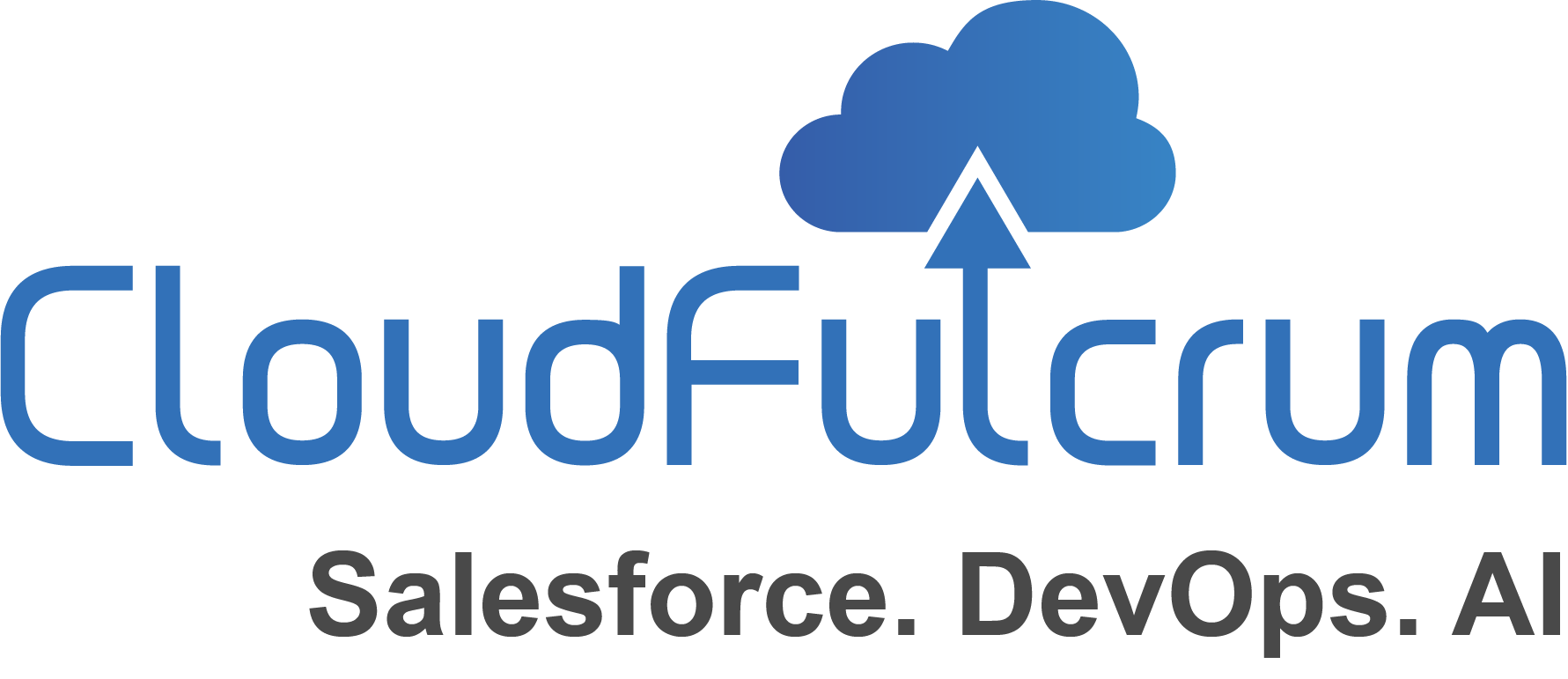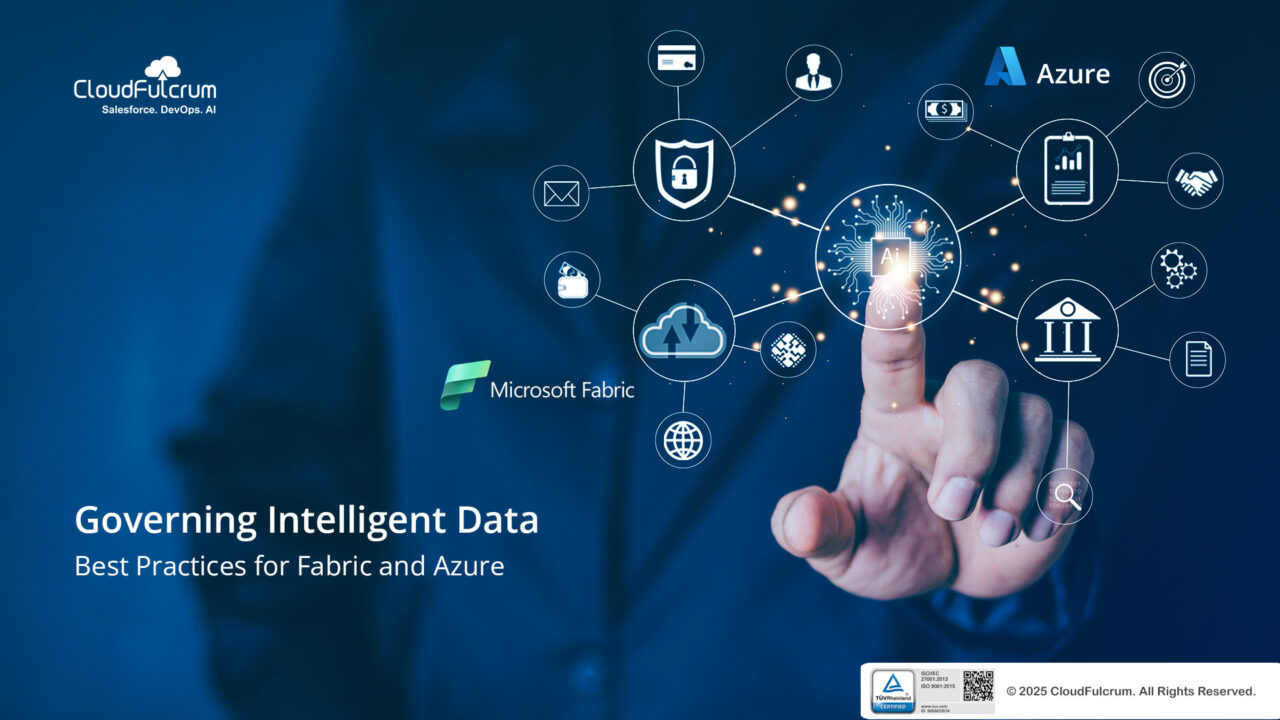Welcome back to our series on Unified Data Intelligence. In Part 4, “Unlocking Intelligent Insights: Integrating AI within Microsoft Fabric and Azure,” we explored the exciting possibilities of embedding artificial intelligence into our unified data platform. As we increasingly leverage the power of AI and manage vast amounts of integrated data within Microsoft Fabric and Azure, establishing robust governance practices becomes paramount. In this installment, we delve into the critical best practices for ensuring data quality, security, compliance, and ethical use within this intelligent data landscape.
The Imperative of Governance in a Unified, AI-Driven World:
With data flowing seamlessly across Fabric workloads and powering intelligent applications through Azure AI Services, the potential for both innovation and risk increases. Effective governance is not a barrier to progress; rather, it’s the bedrock upon which trust, reliability, and responsible AI adoption are built.
Key Pillars of Data Governance in Fabric and Azure:
- Data Quality and Cataloging: Ensuring the accuracy, completeness, and consistency of data within OneLake is fundamental. Leveraging Microsoft Purview to discover, classify, and catalog data assets provides a unified understanding of your data landscape. This enables data users and AI models to rely on high-quality information. Fabric’s integration with Purview allows for seamless metadata management and lineage tracking across all workloads.
- Security and Access Control: Implementing robust security measures is crucial to protect sensitive data. Azure Active Directory (Azure AD) provides centralized identity and access management, allowing you to define granular permissions for accessing data and Fabric resources. Network security controls, encryption at rest and in transit, and data masking techniques further enhance data protection within the unified environment.
- Compliance and Regulatory Requirements: Organizations must adhere to various industry regulations and compliance standards (e.g., GDPR, HIPAA). Implementing data residency controls within Azure, leveraging Purview’s compliance features, and establishing clear data usage policies within Fabric are essential for meeting these obligations.
- Data Lineage and Auditability: Understanding the journey of your data – from its source to its consumption by analytics and AI models – is critical for troubleshooting, ensuring data quality, and meeting audit requirements. Purview automatically tracks data lineage across Fabric workloads, providing a clear and auditable trail.
- Responsible AI Practices: As we integrate AI into our data workflows, ethical considerations become paramount. Implementing responsible AI principles, such as fairness, transparency, and accountability, is crucial. This involves careful data selection, bias detection and mitigation in models built with Synapse Data Science, and ensuring transparency in how AI-powered applications make decisions.
Leveraging Microsoft Purview for Unified Governance:
Microsoft Purview plays a central role in governing your intelligent data estate within Fabric and Azure. Its capabilities include:
- Data Discovery and Classification: Automatically scan and identify data assets across OneLake, Azure data services, and even on-premises systems, applying consistent classifications and sensitivity labels.
- Data Catalog: Create a searchable catalog of your data assets, providing business and technical metadata for better understanding and usage.
- Data Lineage: Visualize the flow of data across different Fabric workloads and Azure services, understanding its origins and transformations.
- Data Estate Insights: Gain a holistic view of your data governance posture, identifying areas for improvement in data quality, security, and compliance.
- Policy Enforcement: Define and enforce data access and usage policies consistently across your Fabric and Azure environment.
Implementing Governance Best Practices:
- Establish Clear Data Ownership and Responsibilities: Define who is accountable for data quality, security, and compliance for different data assets within OneLake and Fabric.
- Develop Comprehensive Data Policies: Create clear guidelines for data access, usage, retention, and disposal, aligning with regulatory requirements and organizational policies.
- Implement Strong Access Controls: Utilize Azure AD and Fabric’s security features to enforce the principle of least privilege, ensuring users only have access to the data they need.
- Monitor and Audit Data Access and Usage: Regularly audit data access logs and user activity within Fabric and Azure to detect and respond to potential security threats or policy violations.
- Educate and Train Your Teams: Ensure that all data users and AI practitioners understand their responsibilities regarding data governance and responsible AI practices.
Looking Ahead:
With a well-governed and secure intelligent data platform established, the final piece of the puzzle is realizing the tangible business value. In Part 6 of our series, “Driving Business Value: Real-World Applications of Unified Data Intelligence with Microsoft Fabric and Azure,” we will explore practical use cases and demonstrate how organizations are leveraging this integrated ecosystem to achieve significant business outcomes.
What are your biggest challenges in implementing effective data governance in a modern, cloud-based environment? What strategies have you found to be most successful? Share your insights in the comments below. Follow us on LinkedIn, Twitter as we conclude our series on the transformative power of unified data intelligence.

